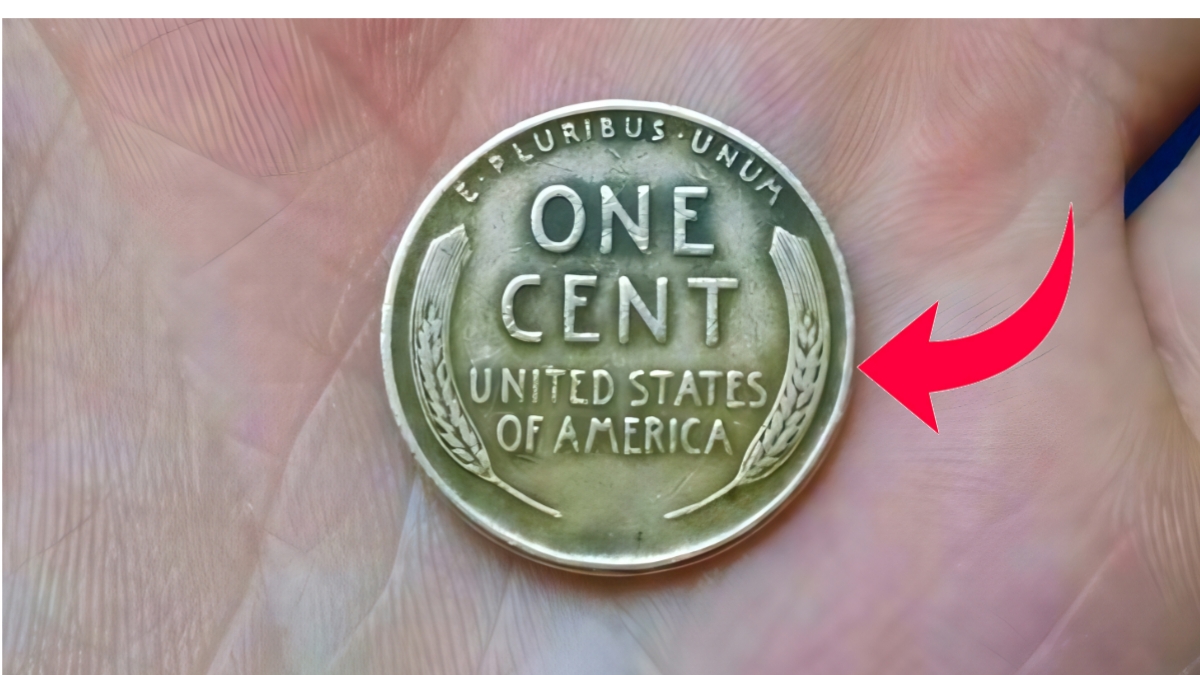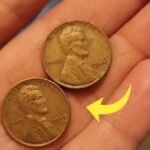The Lincoln Wheat Penny remains one of the most talked-about coins in American history. First issued in 1909, this coin was created to commemorate the 100th birth anniversary of Abraham Lincoln. Over time, it evolved into more than just a piece of currency. Recently, one version of this coin reportedly reached a staggering value of $121 million, drawing attention from collectors and historians alike. With President Donald Trump ordering a halt to penny production, the Lincoln Wheat Penny has resurfaced as a cultural and economic conversation point, once again igniting national interest.
Lincoln Wheat Penny History and Origin
The journey of the Lincoln Wheat Penny began when it became the first American coin to feature a real person’s image. Prior to this, most U.S. coins showcased symbolic figures, but the decision to use Lincoln’s profile was a bold move. The reverse design displayed two wheat ears, symbolizing American agricultural roots. This design resonated with the public and added emotional value to the coin. Its release during a patriotic milestone strengthened its cultural footprint and made it an iconic element of everyday life in the early 20th century.
Lincoln Wheat Penny Cultural Significance
The Lincoln Wheat Penny quickly became more than currency—it grew into a national emblem. It represented the ideals of hard work, unity, and remembrance of a historic figure. The coin was minted for decades, staying in pockets and drawers across generations. For collectors, it became a prized possession, especially early versions in pristine condition. As the coin aged, it also started gaining interest due to minting anomalies, date markings, and historical ties. Today, it symbolizes a blend of monetary function and enduring national identity.
Rare Lincoln Wheat Pennies and Their Value
Certain Lincoln Wheat Pennies are considered priceless due to their rarity and errors. Notable among these are the 1909-S VDB, 1914-D, and the 1943 copper variant. The 1955 Double Die Error coin is another standout, as its design misalignment made it one of the most unique coins ever produced. These versions often feature small initials or mint marks that help collectors identify their origin. Coins with such traits are scarce, leading to auction prices that can reach into the millions, depending on condition and market demand.
The 1943 Copper Penny’s Exception
In 1943, most pennies were made from steel because copper was needed for World War II. However, a few copper coins were mistakenly struck that year, making them extremely rare. Only a handful are known to exist, and these coins have fetched jaw-dropping prices at private sales. Their rarity, combined with a compelling wartime backstory, makes them treasures in the numismatic world. Their worth isn’t just in the material but in the historical accident and scarcity that define their legacy today.
Donald Trump Penny Ban Announcement
The Lincoln Penny has found itself at the center of political debate with former President Donald Trump’s directive to stop penny production. The reason is largely economic—it costs about four cents to mint a single penny, which is only worth one cent. As the country faces rising costs and modernization of transactions, continuing penny production has come under fire. Trump’s decision has reignited conversations about the coin’s relevance and whether the nostalgia is worth the national expense in maintaining its circulation.
Penny Utility vs Modern Economy
Advocates for keeping the penny cite its role in charitable giving and making small donations possible. They also argue that the production cost of a penny is still less than a nickel. However, critics say it holds no real value in modern transactions. With digital payment systems becoming more widespread, the physical penny is rarely used. Many Americans see it as pocket clutter or keep it in jars, forgetting about it completely. This usage pattern questions whether it still holds an active role in economic exchange.
Circulation Trends and Hoarding Issues
Despite minting 3.2 billion pennies last year, their actual market circulation is questionable. Experts believe most pennies never re-enter the economy after their initial use. Instead, they sit in drawers, jars, and change collections. This behavior has resulted in an artificial shortage while the Mint continues to produce more. According to MIT professor Jeff Gore, pennies are supposed to last 30 years in circulation, but most disappear within a few years due to hoarding, further complicating their role in today’s economy.
Public Sentiment and Coin Legacy
The public remains divided. Older generations often feel sentimental about the penny, seeing it as part of American tradition. Younger people, however, are more inclined to use digital currency and find the penny unnecessary. Yet even in this transitional phase, the Lincoln Wheat Penny continues to make headlines. Its historical significance, especially among rare versions, continues to attract high valuations in auctions and private sales. This underlines the idea that even outdated coins can carry enormous historical and monetary value.
Disclaimer: The information provided in this article is for general awareness and educational purposes only. Coin values and circulation trends are subject to market changes and historical revisions. For specific appraisals or investment decisions, consult a certified numismatist or financial advisor.




